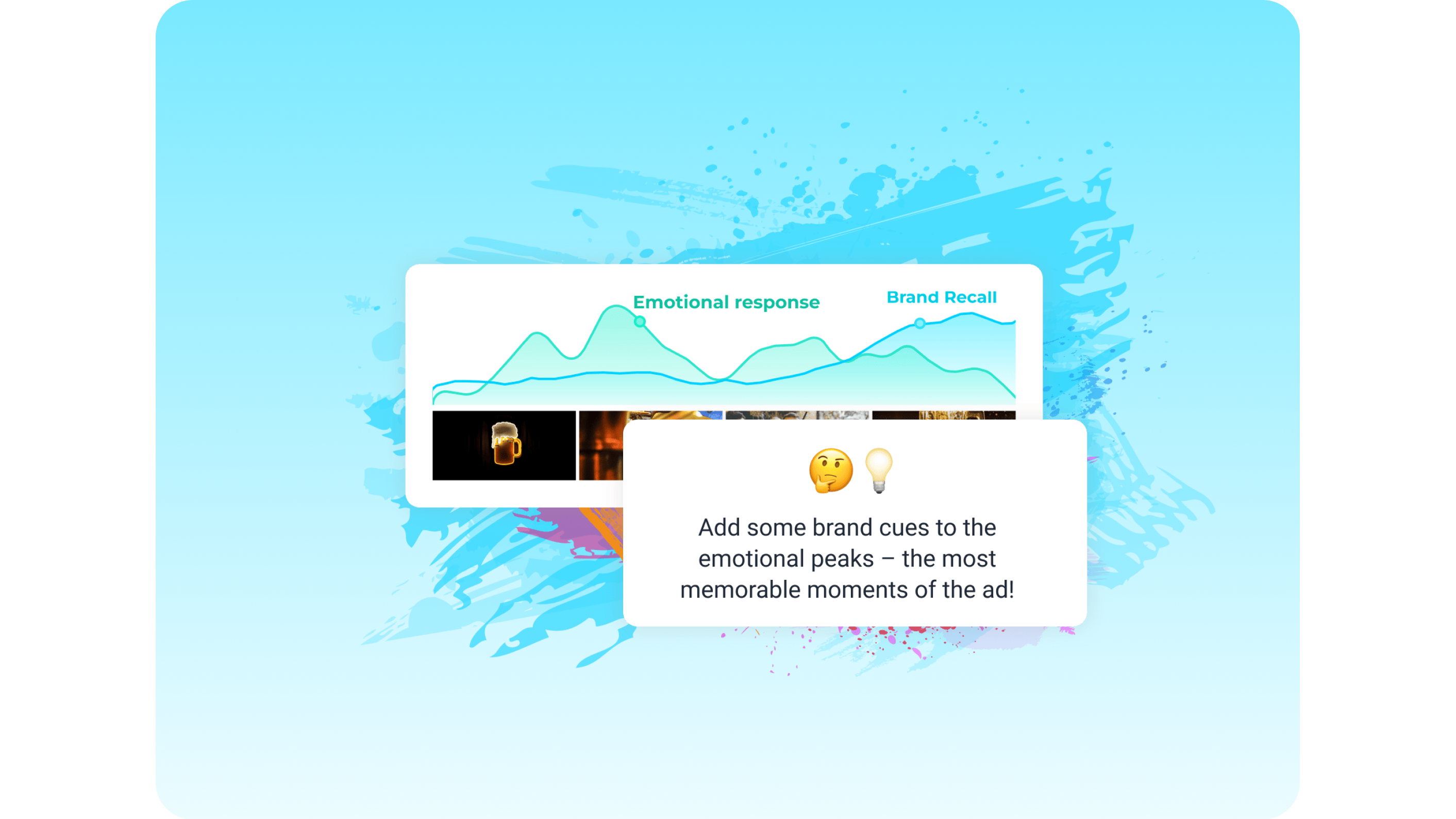Ad testing is evolving every day thanks to the development of new technologies. Now, experts are coming together to share what they have learned and make data-driven decision-making more accessible than ever.

There can be no progress in the marketing world without rigorous testing, but as technology continues to improve, awareness of effective testing methodologies has, unfortunately, dropped off. Complacency in the face of progress is not uncommon, but must be avoided in order to remain relevant. AI tools are gaining more popularity every day, but as any marketer will tell you in 2025, there is much more to the ad testing process than what automation can accomplish.
Ad testing, generally speaking, has become an absolute necessity for those promoting their services online, especially given the expansive suite of tools now available to marketers. One digital visibility expert, VWO, reported that optimization and visibility testing may boost performance by as much as 53%. Behavio Labs goes further, however, suggesting that a good optimization strategy should not only boost performance in the moment, but potentially reshape and evolve a marketer's entire workflow.
As Behavio explains, testing methods exist to gauge the performance of virtually any form of media, from physical ads like billboards and posters, to digital campaigns including a range of content. Testing can be conducted before or after the launch of a given campaign, either to refine the materials for greater impact, or adjust the trajectory of an ongoing effort.
Testing can be conducted using one or more methodologies, depending on what data a given team is interested in collecting. For example, in-person options like focus group and implicit testing are intended to better understand the ways a consumer might respond to a given ad, while surveys and A/B testing are more useful when gauging the potential ROI and conversion rate of a specific placement.
Providing a further example, Behavio Labs shared their own method for ad testing, offering three complete after-action reports. Their system combines Randomized Control Trials, emotional response testing, and implicit association surveys across a large sample size of 500 respondents to provide a substantial dataset across demographics.
Other methods commonly employed by marketers in 2025 include AI-powered A/B testing, which can automatically adjust campaigns to target under-performing niches. Neuromarketing is another nascent field, focusing on improving implicit testing through neuroscience and biometrics. As these fields continue to evolve, the accuracy and utility of ad testing are likely to increase exponentially as well.
In the end, your performance testing methodology should reflect the needs of your team and should integrate seamlessly into your existing workflow. The performance of a given campaign should be measured accordingly against the specific targets that have been laid out by your team in advance. With that in mind, you will be able to remain agile and effective even in this ever-evolving field.
